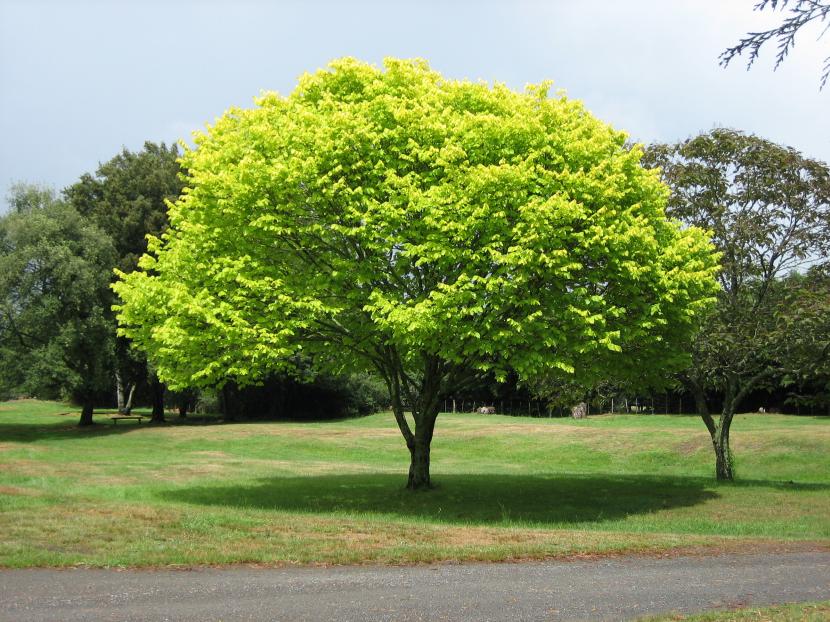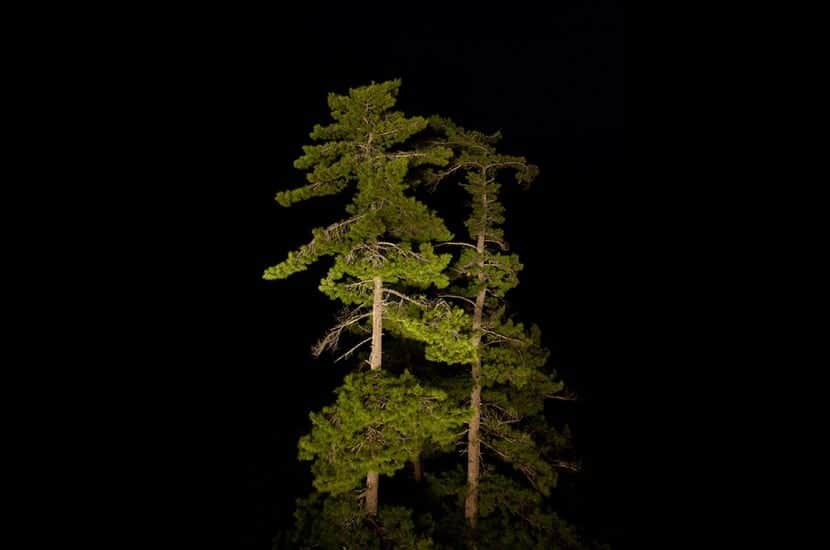
Many people enjoy scientific discoveries and today it is the turn to talk about the trees, their life cycles and their metabolism.
A group of scientists from Austria, Finland and Hungary set out to study the tree behavior and discovered that they move during the night thus adapting to those hours of the day.
The hypothesis

As with all living organisms, plants also adapt to the differences between day and nighthey so they adopt different rhythms of life according to the time of dayto. Many scientists have studied the plant behavior throughout the 24 hours that a day has to discover the changes produced between day and night.
Although up to now it had been detected that plants sleep at night producing different nocturnal movements in both leaves and stems, it was not known if this same happened with the trees.
But the mystery has finally been unraveled as this group of scientists has discovered that the trees also move at night, adopting a sleep pattern similar to that of plants. With the help of a laser, the group of specialists recorded movements of up to four inches in trees five meters high. Thus they concluded that the trees lean at night thus changing the position of its leaves and branches. While they stated that the changes are not too great, they also found that they are systematic.
The studio

During the investigation it was observed that the leaves and branches fall little by little, reaching the lowest position a couple of hours before sunrise and then returning to their original position in the morning. This speaks of plant movement That, as András Zlinszky, of the Center for Ecological Research of the Hungarian Academy of Sciences, affirms. "It is closely related to the water balance of individual cells, which is affected by the availability of light through photosynthesis."
To document the movement of the trees, the scientists used a laser scanning system, which was automatically mapped using scan point clouds. Thanks to this method, it was possible to understand the sleep pattern of plants. In a next step, the researchers will take advantage of scan point clouds to account for daytime and nighttime water use and whether there are differences between the two cycles. This will allow a better understanding of the influence of trees on the local and regional climate.